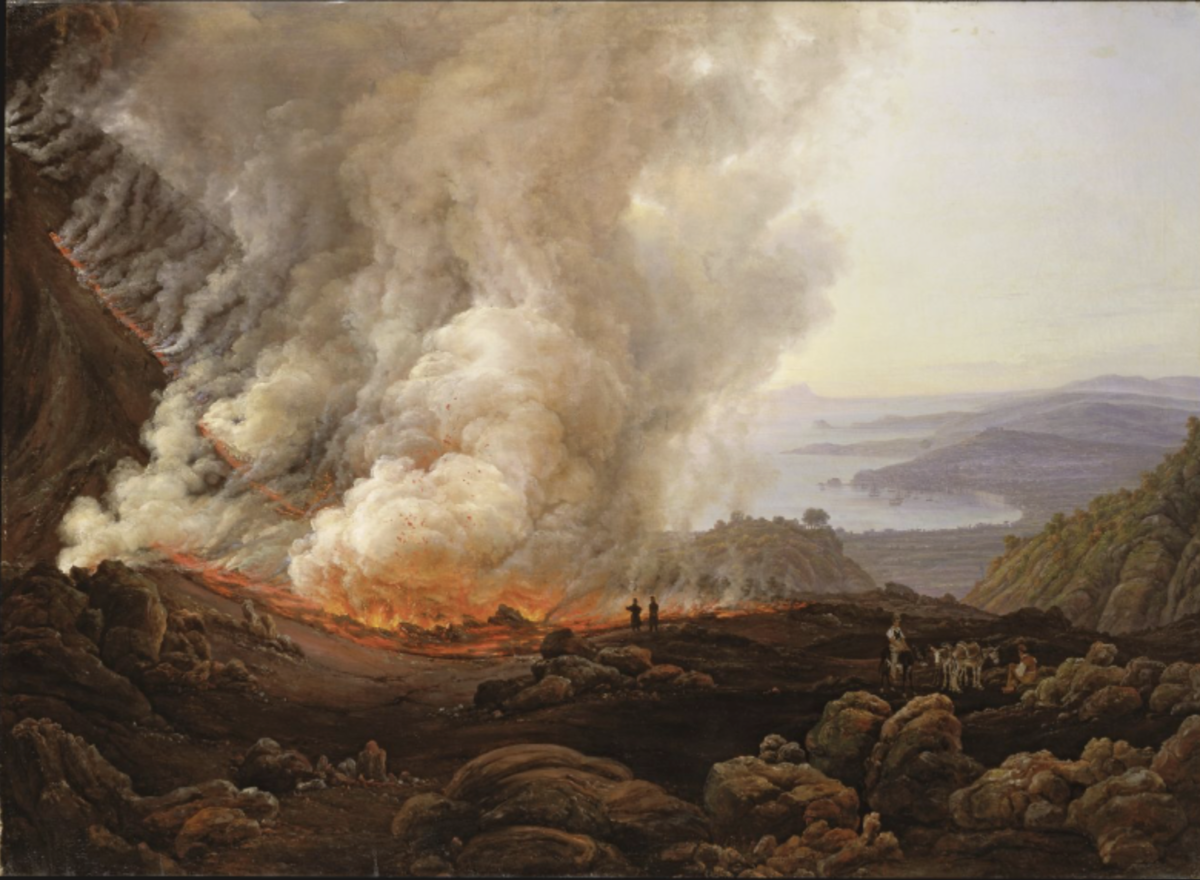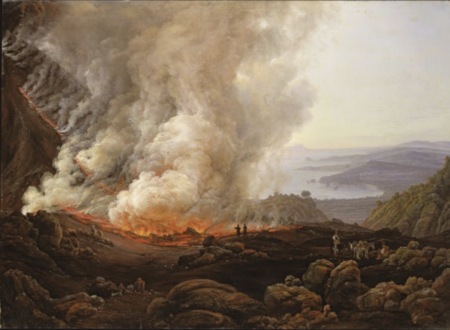‘Standing on the verge of another world’: Romanticism on the Volcano

With guest speaker Professor Simon Bainbridge
Seminar Hosted in Collaboration with the Nineteenth Century Centre at the University of Birmingham
Simon Bainbridge is a Professor in English and Creative Writing at the University of Lancaster. Simon’s extensive work in the field of Romanticism has involved close research into the relationship between the movement and the historic contexts that surround it. He is the author of Napoleon and English Romanticism (1995) and British Poetry and the Revolutionary and Napoleonic Wars (2003). In this seminar we heard about Simon’s recent research exploring global mountaineering in the Romantic-period, focusing on accounts of ascending Hawaii’s highest volcanoes.

Simon introduces his subject here:
‘This paper will examine the Romantic-period phenomena of global mountaineering through a focus on accounts of the climbs of Hawaii’s highest volcanoes (Mauna Loa and Mauna Kea). These climbs by western travellers began in 1779 with attempts made by crew members of Captain Cook’s third voyage and culminated in 1840-1 with a 400-strong ascent made by the United States Exploratory Expedition as part of the first American government sponsored scientific expedition to the Pacific. As these contexts would suggest, the ascents were very much linked to the scientific and imperial agendas of the voyages of which they were a part. The paper will examine the extent to which the exploration of what were seen as physical, psychological, geographical and imaginative extremes in Romantic-period global mountaineering undermined or reinforced the climbers’ conceptions of the self, the aesthetic, the world and the divine. It will particularly examine the question of whether western climbers’ attempts to understand and appreciate the Hawaiian volcanoes were influenced and informed by the knowledge and beliefs of the indigenous peoples who played such a crucial role in their ascents or whether the western climbers used their ascent narratives to reinforce wider imperial and colonial power structures.’
Image: Johan Christian Dahl, Eruption of Vesuvius, 1826, Statens Museum for Kunst, Copenhagen